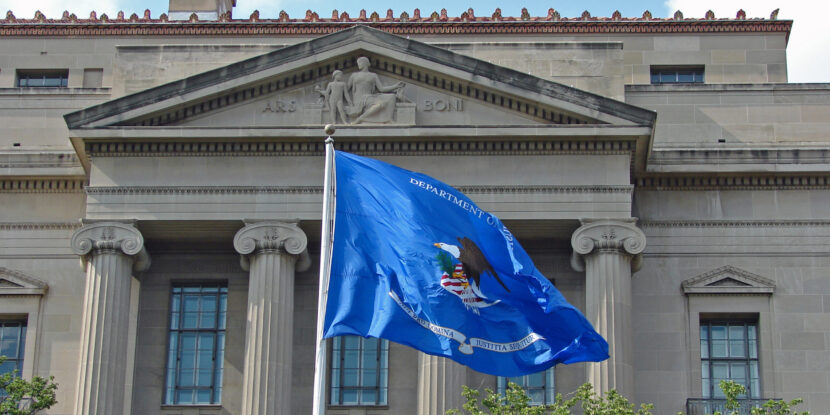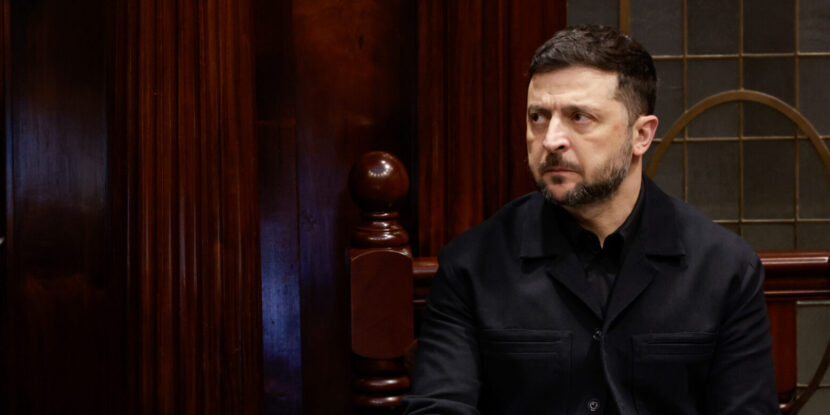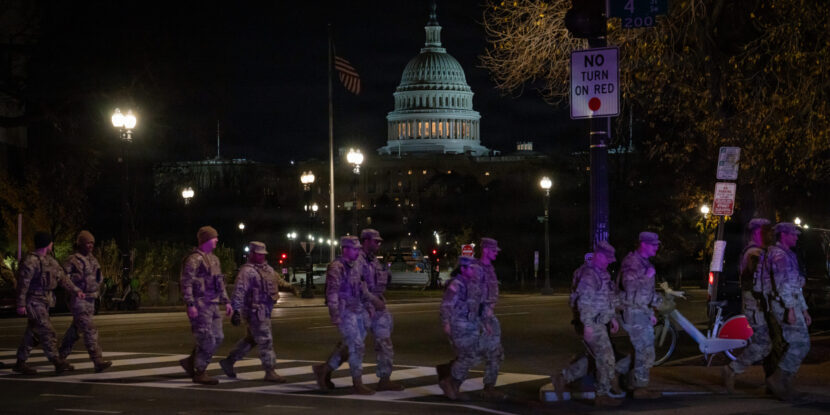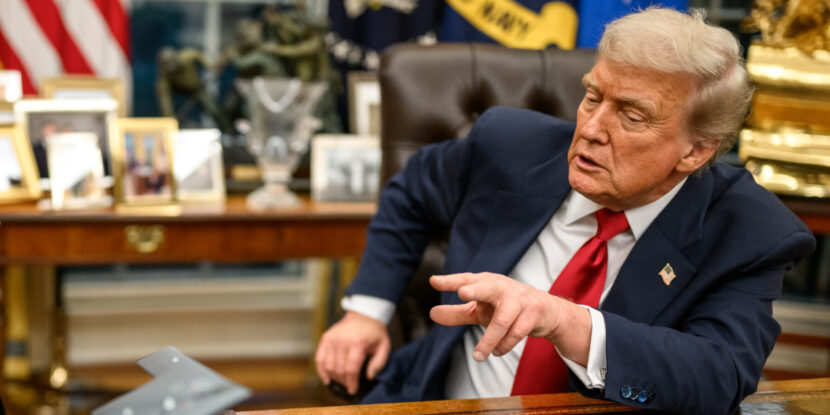❓WHAT HAPPENED: Mohammad Bashir, 31, has been charged in Britain with four terrorism offenses, including assisting an attacker with reconnaissance and sharing material online encouraging terrorism.
👤WHO WAS INVOLVED: Mohammad Bashir, deceased terrorist Jihad Al-Shamie, and Counter Terrorism Policing North West.
📍WHEN & WHERE: Arrested at Manchester Airport, England, on November 27; charges relate to an attack on Heaton Park Synagogue on October 2.
💬KEY QUOTE: “Our prosecutors have concluded there is sufficient evidence to charge Mohammad Bashir with one offence of preparation of terrorist acts and three offences of sharing terrorist publications with Al-Shamie and others with the intent to encourage acts of terrorism.” – Chief Crown Prosecutor Frank Ferguson.
🎯IMPACT: Bashir is set to appear at Westminster Magistrates’ Court to face charges.
Mohammad Bashir, 31, has been charged in Britain with four terrorism offenses after being arrested at Manchester Airport on November 27, the British Crown Prosecution Service (CPS) announced on December 4. Police allege Bashir aided deceased Syrian migrant Jihad Al-Shamie, responsible for the deadly attack on Heaton Park Hebrew Congregation Synagogue on October 2, by helping with earlier reconnaissance of a British defence facility. The charges also include sharing material online intended to encourage acts of terrorism.
Prosecutors said the assistance Bashir is accused of providing was “not linked to the attack itself.” He was charged with one count of preparation of terrorist acts and three counts of disseminating terrorist publications. He is due to appear at Westminster Magistrates’ Court on Friday.
The synagogue attack occurred on the Jewish holiday of Yom Kippur. Al-Shamie drove a car into congregants outside the synagogue before launching a knife attack and later attempted to force entry into the building. Police shot him dead after he was found to be wearing what turned out to be a fake suicide belt. Two worshippers, Melvin Cravitz, 66, and Adrian Daulby, 53, were killed; three others were seriously injured.
During the attack, Al-Shamie reportedly phoned emergency services and pledged allegiance to the Islamic State, according to counterterrorism investigators. Police said he had not previously been known to security services. At the time of the attack, he was on bail over an alleged rape.
Bashir, who identifies as British Pakistani, remains in custody ahead of his court appearance. Authorities said the wider investigation into the synagogue attack remains ongoing and asked anyone with information to come forward.
Join Pulse+ to comment below, and receive exclusive e-mail analyses.















